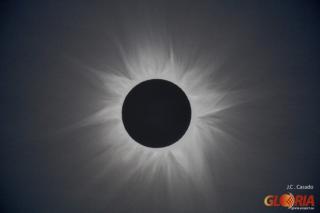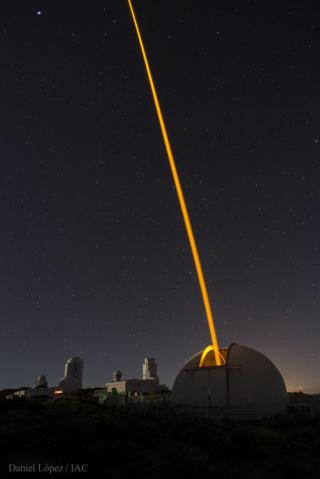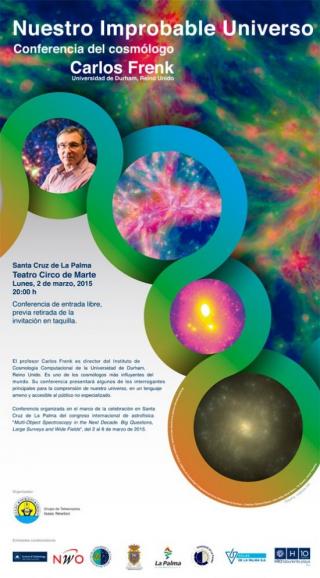
A team of astronomers situated in northerly latitudes, the Faroe Islands, will observe and transmit in real time (web platform: sky-live.tv) the details of the coming eclipse. Those on the expedition are members of the European GLORIA project. The main aim of GLORIA is to convey the excitement of science and to help the non-specialist audience to understand it.
Advertised on




